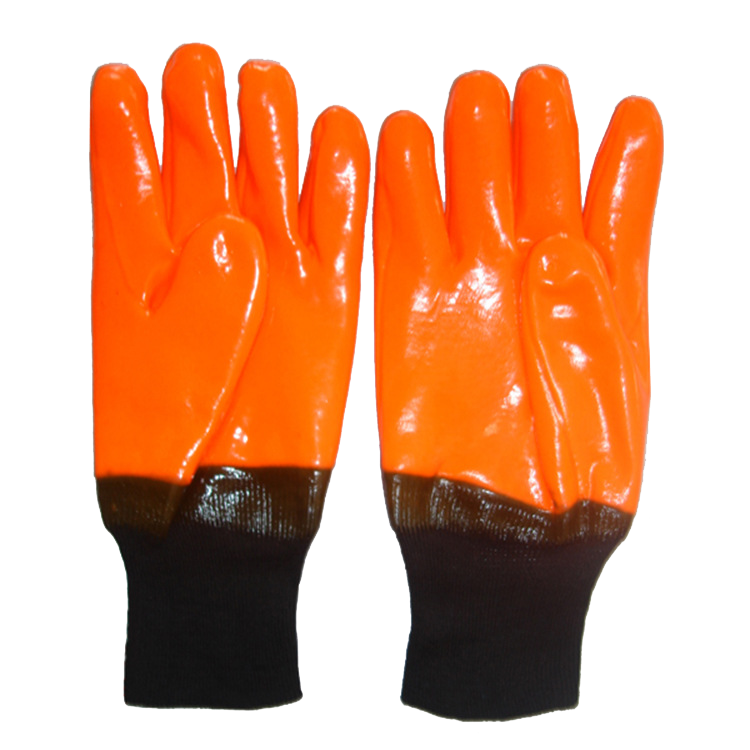How to Divide and Choose Labor Protection Gloves
Selecting the right labor protection gloves is crucial for ensuring the safety and well-being of workers across various industries. With a wide array of gloves available, it's essential to understand how to categorize and choose the most suitable option. Here's a guide on how to divide and select labor protection gloves effectively:

1. Identify the Hazards:
Before choosing gloves, identify the specific hazards in the workplace. Whether it's chemicals, sharp objects, extreme temperatures, or biological agents, understanding the risks is the first step in selecting appropriate gloves.
2. Categorize by Material:
Labor protection gloves come in various materials, each offering unique properties. Common materials include:
Nitrile: Resistant to chemicals and oils.
Latex: Provides excellent dexterity and grip.
Leather: Ideal for protection against abrasions and punctures.
Neoprene: Suitable for chemical resistance and flexibility.
3. Consider Coating Types:
Many gloves have coatings that enhance their performance. Common coatings include:
Latex Coating: Offers excellent grip and flexibility.
Nitrile Coating: Provides resistance to chemicals and oils.
PVC Coating: Suitable for protection against abrasions and chemicals.
Polyurethane Coating: Enhances dexterity and grip.
4. Assess Durability and Thickness:
The level of durability and thickness depends on the intended use. Tasks requiring precision may benefit from thinner gloves, while heavy-duty work might demand thicker, more durable options.
5. Evaluate Size and Fit:
Proper sizing is crucial for glove effectiveness. Gloves that are too tight can restrict movement, while loose gloves may compromise protection. Ensure a proper fit for comfort and functionality.
6. Determine the Glove Type:
Different types of gloves are designed for specific tasks:
Cut-Resistant Gloves: Protect against sharp objects.
Chemical-Resistant Gloves: Guard against exposure to chemicals.
Heat-Resistant Gloves: Suitable for high-temperature environments.
Cold-Resistant Gloves: Provide insulation in cold conditions.
7. Choose Disposable or Reusable:
Decide whether disposable or reusable gloves are more appropriate for the task. Disposable gloves are convenient for short-term use, while reusable gloves may be cost-effective for tasks with longer durations.
8. Check Industry Standards:
Be aware of industry standards and regulations for gloves. Different industries may have specific requirements, and adhering to these standards is essential for compliance and safety.
9. Consider Comfort and Ergonomics:
Workers are more likely to wear gloves consistently if they are comfortable. Consider factors such as breathability, lining materials, and ergonomic design to enhance overall comfort.
10. Regularly Assess and Replace:
Regularly inspect gloves for signs of wear, tear, or damage. Replace gloves as needed to maintain their protective qualities and ensure ongoing safety.
In conclusion, dividing and choosing labor protection gloves involves a systematic assessment of workplace hazards, materials, coatings, and specific requirements. By considering these factors, employers can make informed decisions to provide workers with the most effective and appropriate gloves for their tasks, ultimately contributing to a safer working environment.


